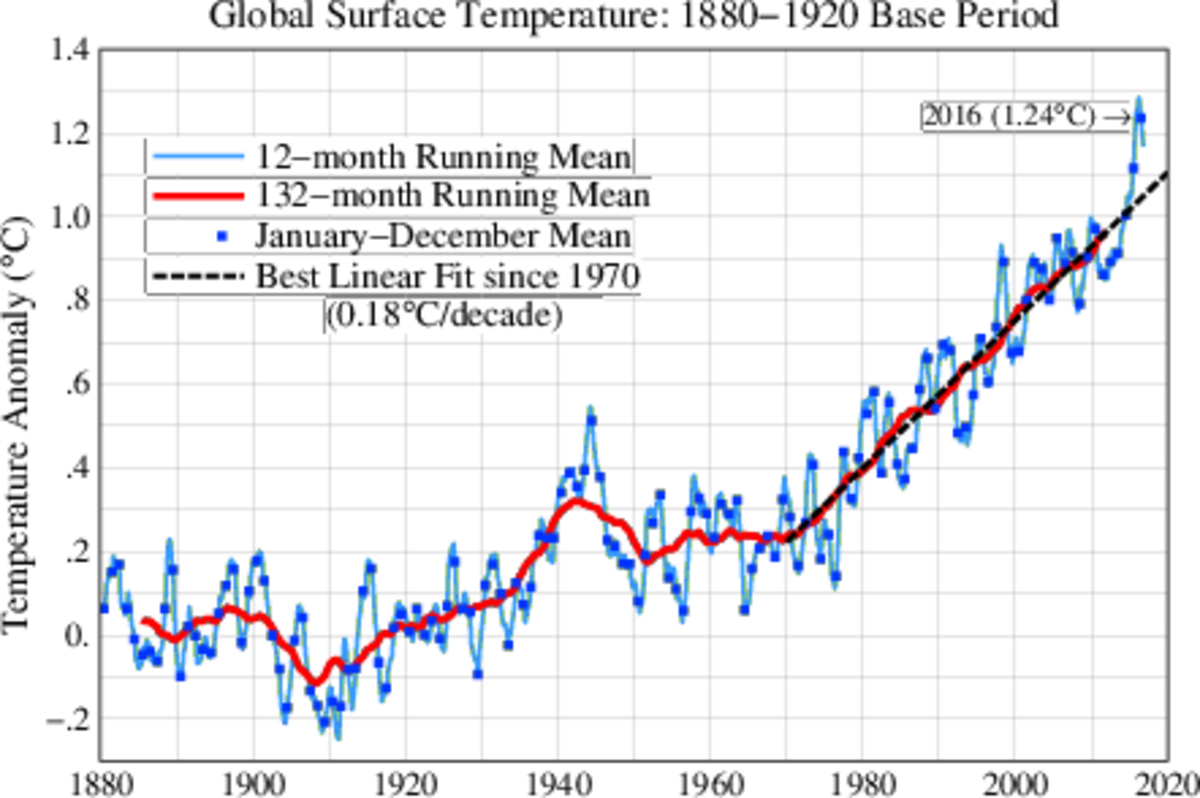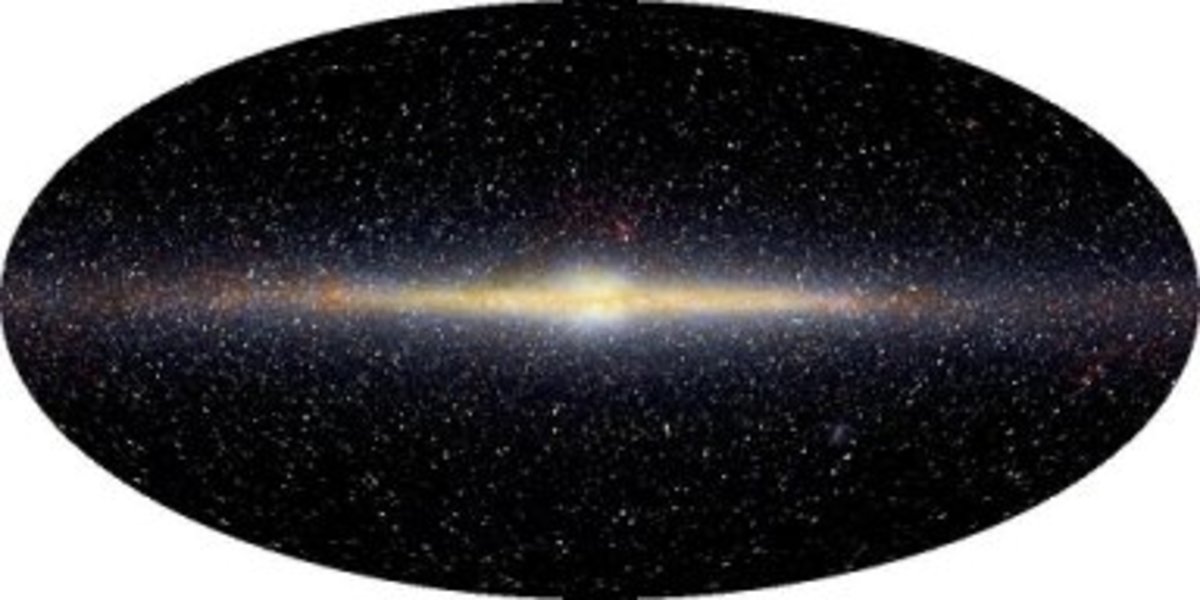Bizarre Forms of Rainfall
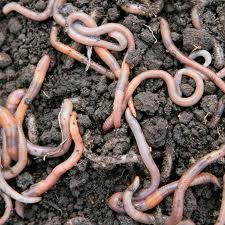
Animal Rain
The raining down of tadpoles, worms, frogs and even fish is a rare but not an unusual meteorological phenomenon. Imagine yourself walking to work (probably dreading the boss or a report that’s due) then all of a sudden slimy crawling earthworms start falling or rather raining from the sky. Well that’s what happened to one resident of Jennings, Louisiana who managed to run to shelter before the unimaginable happened. What about tadpoles? In June 2009 dead tadpoles came pouring down in Ishikawa, Japan and forty-eight hours later it also happened in the city of Hakusa. Scientists suggest that this is the result of strong winds, storms and water sprouts sucking up the creatures and depositing them further inland when they lose their momentum and energy.
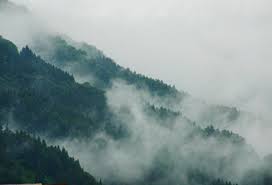
Hot Rain
Yes, you read that right! On august 13, 2012 the city of Needles, California experienced rain with a temperature of 1150 F (460 C). In general for rain to be more than 1000 F there has to be high pressure and sinking air however these are the same conditions that prevent rain from forming. In the case of needles an early august heat wave and a monsoonal flow of moisture from the Gulf of California, the Gulf of Mexico and the East Pacific Ocean created an unlikely mix of extreme heat and moisture resulting in hot rain. Another incident is a thunderstorm that occurred in Mecca, Saudi Arabia on June 2012 where temperatures of 1090 F (430 C) were recorded. This was as a result of a sea breeze from the Red Sea pushing inland meeting a moist air flowing eastwards from the Red Sea. Hot shower anyone?
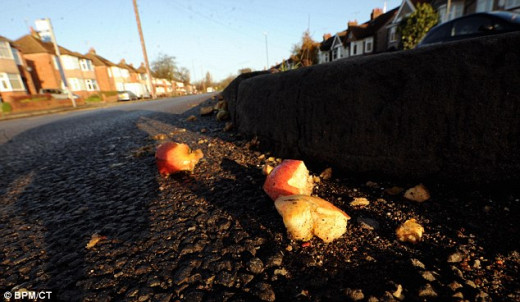
Rain of Apples
Raining of nuts or berries from the sky is not unheard of because they are light and can be easily transported to far off distances by strong winds but when mother nature decides to drop apples there is cause of concern. In December of 2011 Christmas came early for the residents of Coudon, Coventry when apples began falling from the sky bringing everything to a stop. Meteorological experts say that the event is likely the result of a vortex of air (a mini-tornado) plucking apples from trees or apples being carried away from the ground and transported for miles into Coventry. This theory seems a bit far-fetched because apples are heavy but it is still possible. Another theory is that the apples could have fallen from the hold of a plane. A more bizarre case is when 300 apples rained for more than an hour in November 1984 in the back garden of a couples home in Accrington, Lancashire. This means that they definitely couldn’t have come from a plane. I wonder who was daring enough to make an apple pie and eat it.
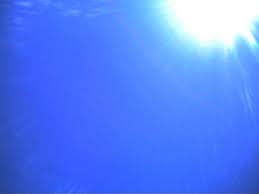
Cloudless Rain
Normally for rain to form clouds are necessary, right? No. In October 1886 in Charlotte, North Carolina water fell from a clear cloudless sky on a patch of land between two trees. The area received rain on a daily basis for three weeks without the presence of clouds. In the same year in Aiken, South Carolina rain fell on two specific graves in the towns’ cemetery and did not rain on anything else. There are plenty examples of this phenomena. Two theories have been suggested to explain this; first it could that once rain droplets are formed and begin to drop the cloud droplets evaporate and disappear; and secondly that this phenomenon does not exist and it could be rain from a distant cloud when there is a strong vertical wind gradient between the ground and the cloud forcing areas with clear blue skies to experience rain in the form of a drizzle.

Colored Rain
Colored rain is nothing new to planet earth but it is still weird to witness one. There have been reports and incidences of colored rainfall of varied hues. They can range from reds to yellows and blacks to milky whites. Scientists have determined that airborne spores from algae cause these rains to have various hues. For instance in Europe red rains are typically dyed red by dusts carried from the Saharan sandstorms, pollen contribute to yellow rain and dusts from coal mines cause black rain. However one bizarre colored rainfall that caused panic and gathered much global attention is the red rain of the Indian state of Kerala, which was experienced from 25th of July to the 23rd of September in 2001. Scientists found spore cells that had extreme similarity to blood cells, which were replicating, but did not have any trace of DNA in them. This has led to speculation that the rain could have been of extra-terrestrial origin.

Acid Rain
Acid rain is a form of precipitation with an unusually high acidity. It is formed when natural and non-natural sources of nitric oxide, sulphur dioxide and carbon dioxide react with water molecules. On planet earth acid rain is not unusual and has adverse impacts on organisms, their habitats and human health.
A more bizarre phenomenon is the sulphuric-acid rain that is experienced in Venus. The atmosphere of the planet Venus has dense carbon dioxide, an extremely corrosive gas, which can explode when water is added. The acid falls from clouds but due to extreme temperatures the acid rain usually evaporates before reaching the surface of Venus.

Diamond Rain
Diamonds are no longer a girl’s best friend, the planets Saturn and Jupiter are. Scientists believe that there may be chunks of solid diamonds floating in hydrogen and helium fluid deep in the atmospheres of Saturn and Jupiter. Even at high temperatures and pressure the diamonds simply turn to liquid diamond rain. It is believed that the diamonds are formed by lightning storms which turn the methane in the atmosphere into carbon soot, as the carbon falls it hardens into pieces of graphite then into diamonds. As the diamonds continue to fall towards the surface of the planets they are exposed to high temperatures and pressure to form liquid diamonds. Although it remains unknown what happens to the diamonds once they reach the surfaces of the planets.
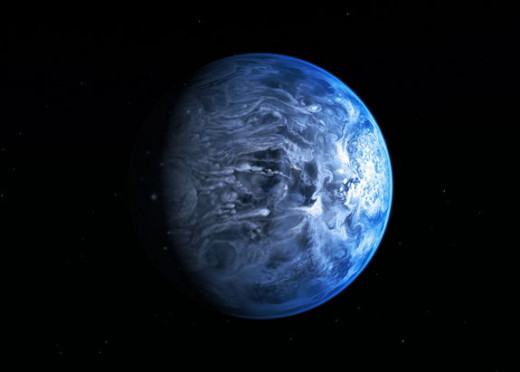
Glass Rain
The planet HD189733b is a gas giant that is also known as the “blue marble” and is very close to its host star HD189733. It is 63 light years away from earth and is beautiful to the eye. But don’t be fooled by its beauty because this planet rains molten glass. The blue marble is in a class of planets called “hot jupiters” which are similar in size to the Jupiter in our solar system but instead are extremely close to their parent stars. The blue colour comes from the scattering of blue light by small drops of liquid glass formed from the condensation of silicate particles which litter the clouds of the planet’s atmosphere. The glass rain is as a result of its close proximity to its sun which causes temperatures to rise as high as 17000 C.
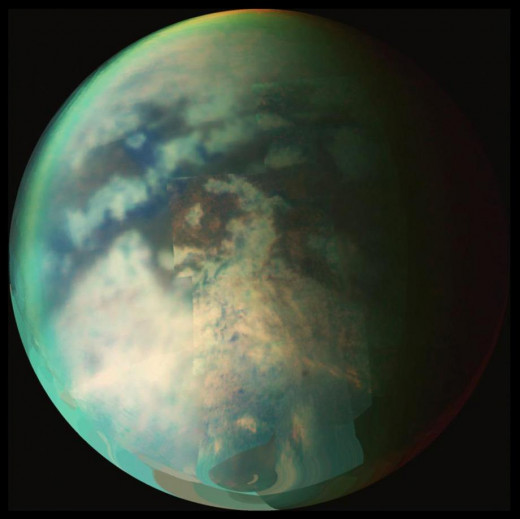
Methane Rainstorms
Titan is Saturn’s largest moon and has a cloud cover and terrain similar to that of earth. However titans’ clouds are made of methane and the methane cycle is similar to that of earth’s water cycle. Based on calculations titan experiences this rainfall once in every 1000 years on average. Observations have shown that titan has a thick atmosphere and seasonal changes. The methane fills lakes on the surface, saturates clouds in the atmosphere and falls back to the surface as liquid methane raindrops. One oddity about titan is that the lakes tend to be at its polar regions and less likely at equatorial regions. This is thought to be because at the equator there is strong sunlight which evaporates the methane but at the poles sunlight is weak allowing the methane to cool and settle in pools.

